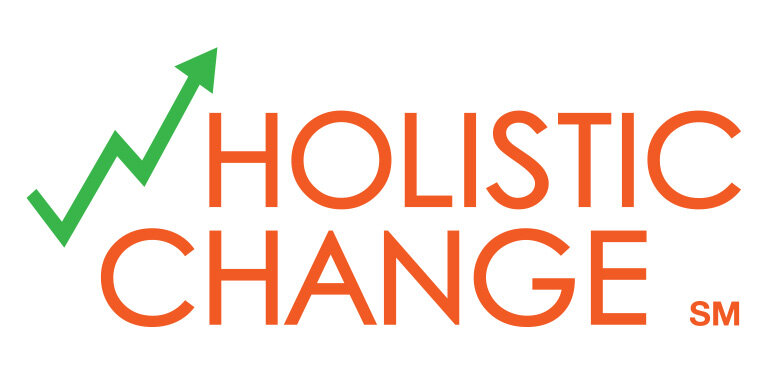A woman I work with introduced me to the television program Undercover Boss. I thought season 1, episode 1 was a perfect example of the case for involving your employees in the changes you are making as a corporation.The COO of Waste Management, Larry O'Donnell, went undercover within his organization and did everything from trying to pick up trash along the side of the road, to separating out cardboard on a conveyor belt, to cleaning out toilets. What amazed me was that this executive spent a day trying to achieve the productivity goals that he had set as the executive in charge of operations, was unable to meet them, and during the process he realized the people impacts of the decisions he makes.Mr. O'Donnell learned the implications of his efficiency targets on his employees' happiness and quality of work environment (for example, the poor garbage truck driver who used a can as her toilet because she could not afford to take bathroom breaks while also meeting her route's goals). At the end of the episode, he revealed to his employees who he was, and also put into place employee feedback loops, to involve the people impacted by change decisions in the decision making process, and to get their ideas how to make the company better.All good process improvement methodologies recommend that you "walk the process" to make sure you know exactly how your company functions today - not just on a process flow, but in the field and by the people who actually create your products and service your customers. By establishing communities of practice, you give your employees a voice at the table when key changes are being proposed to the people, process, technology, and services you offer.

